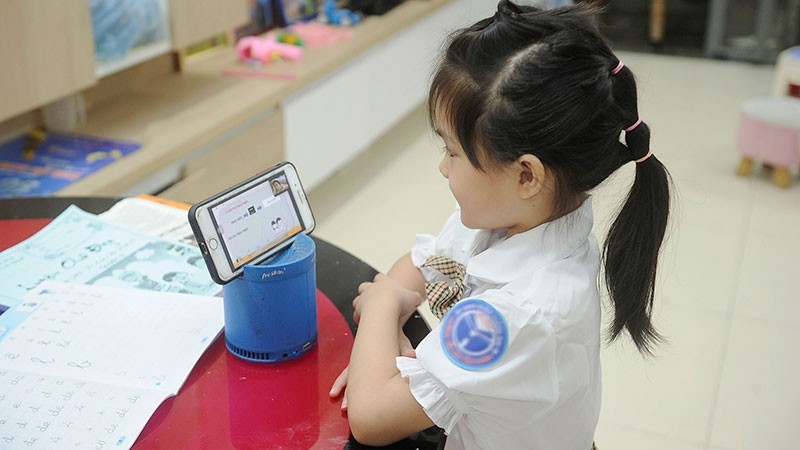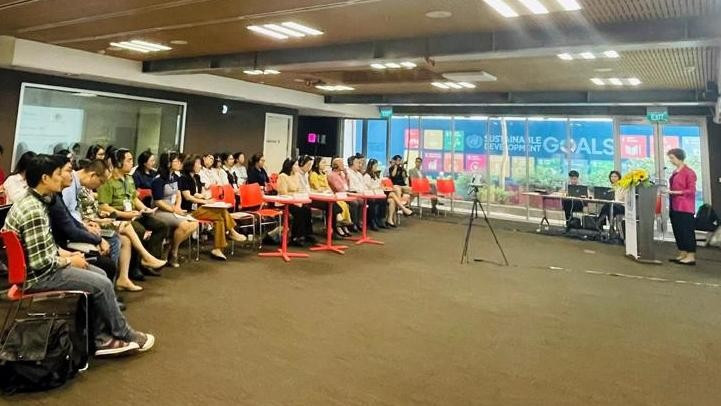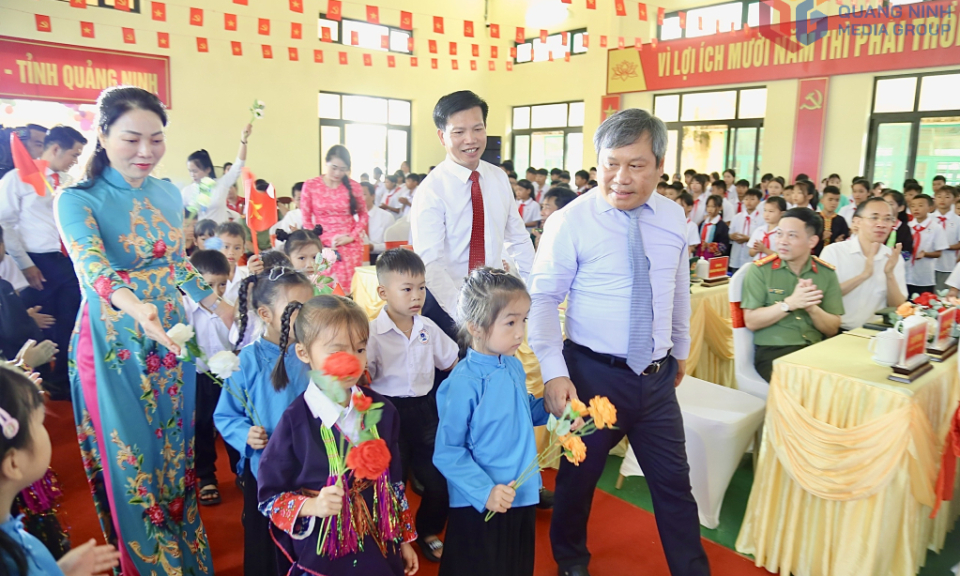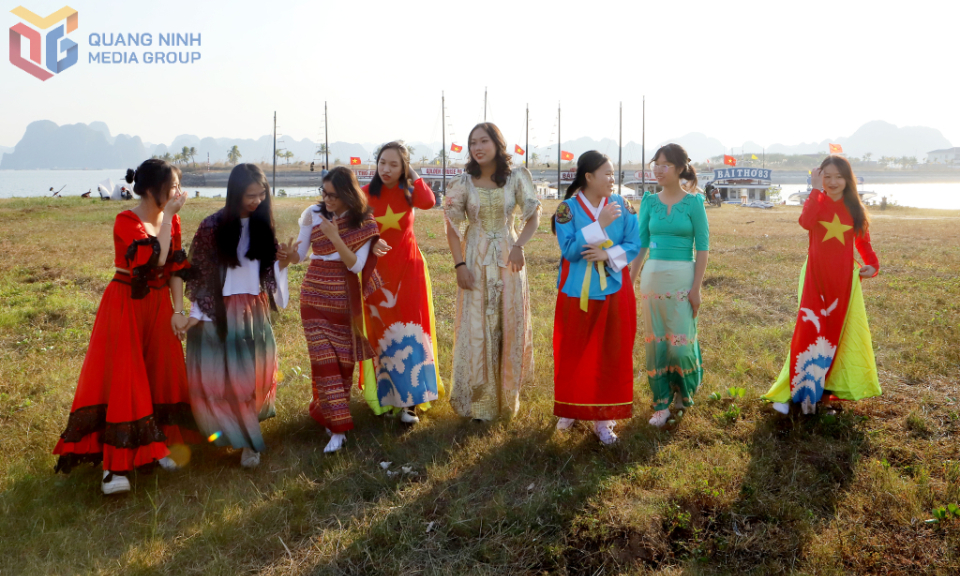Creating a safe and healthy “digital world” for children
The development of information technology and the internet has brought many benefits to children, but at the same time, it has posed many potential risks to them. A research report by the United Nations Children's Fund (UNICEF) shows that one in five children and young people are victims of online bullying. What is more concerned, three-quarters of them don't know where to seek help.
Over the past time, the Party, State, and the entire political system have made joint efforts to better protect children in cyberspace. It can be seen that the legal system on the protection of children in cyberspace, has received due attention from Vietnamese lawmakers. Many of them have created an important legal basis for the issue, such as the Law on Children, the Law on Cyber Security, and the Law on Access to Information.
The Government and the Prime Minister have issued several important documents to protect children in cyberspace, such as the National Action Program for Children in the 2021-2030 period and the National Programme on Child Online Protection for the 2021-2025 period.
In addition, Vietnam and ASEAN member countries also agreed to adopt the Declaration on the Protection of Children from all Forms of Online Exploitation and Abuse in ASEAN in 2019, and the Declaration on the Elimination of Bullying of Children in ASEAN in 2021.
However, although the rapid development of information technology and the internet have benefited children in learning and entertainment, it has also posed hidden risks to children. One of those risks is online bullying, which is as dangerous as in real life; and the content and images distributed in cyberspace can appear at any time, causing persistent damage to children.
According to statistics, at any time of the day, about 750,000 men search for child sex online, this number is four times higher than the population of Ba Dinh district in Hanoi. In addition, it is reported that more than 3 million accounts have registered on the 10 dark web child abuse platforms.

This alarming information was shared by Lesley Miller, Deputy Representative of the United Nations Children's Fund (UNICEF) in Vietnam, at the conference on digital threats to children, which was recently co-organised by the Department of Children (Ministry of Labour, Invalids and Social Affairs) and UNICEF.
The National Hotline for Child Protection 111 reported that in 2022, the hotline received nearly 420 calls about child protection in cyberspace and 18 notifications about channels/video clips with toxic content to children. In the first five months of 2023 alone, the figures were 128 and three, respectively.
124 out of 128 calls to the hotline sought consultation services, while the remaining four cases asked for intervention for victims of child abuse in cyberspace. Notably, 30 out of the 124 were related to child sexual abuse on the internet, accounting for 24.2%.
Sharing solutions to protect and address the risks that children may face and promote healthy development opportunities for children in the digital world, Nguyen Ngoc Anh, an expert from the UNICEF Vietnam’s Child Protection Programme said, that during the COVID-19 pandemic, families and children became more dependent on the internet to maintain their studies and stay connected with the community and society, leading to the consequence that children are being more affected by the internet.
Strategies to address cyberbullying, child abuse and exploitation must be part of broader child protection strategies, to address other acts of violence, abuse and exploitation, which are taking place through different means.
What happens in cyberspace reflects society, as well as the dangers facing children in their families, schools, and communities - places that should have been safe environments for children.
“Therefore, strategies to address cyberbullying, child abuse and exploitation must be part of broader child protection strategies, to address other acts of violence, abuse and exploitation, which are taking place through different means,” he emphasised.
He also stressed the importance of participation and joint actions from all relevant sides, from the Government, civil society, experts on children’s issues, to parents and children themselves, and the media.
Currently, UNICEF and the International Telecommunication Union (ITU) have developed Guidelines for Industry on Child Online Protection, which outline solutions that businesses can take to protect and respect children and help them use the internet healthily and creatively.
To protect and reduce the risks that children may face in cyberspace, the Director of the Children's Department Dang Hoa Nam said, that joint effort is needed to create an increasingly safe and healthier digital environment for children.
In the coming time, it is necessary to review and forecast experiences and lessons of Vietnam and the world, to work out more specific and practical solutions to protect children in cyberspace, as well as promote opportunities for children to participate more actively in the online environment.






